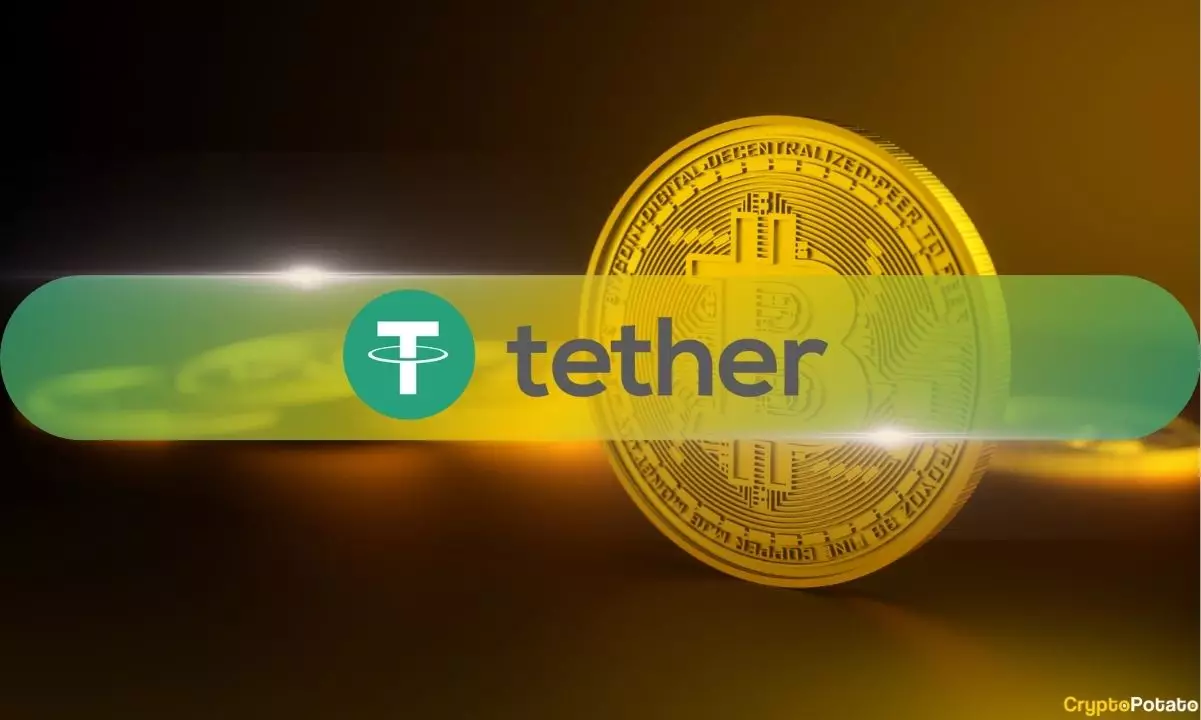Tether, a prominent player in the cryptocurrency space, has made a significant announcement regarding its flagship stablecoin, USDT. The integration of USDT into the Bitcoin ecosystem marks a transformative step towards enhancing the utility of Bitcoin both for individual users and businesses. This integration leverages the Lightning Network and Taproot Assets, showcasing Tether’s commitment to innovation and its strategic vision for the future of digital finance. Despite its robust presence, this venture challenges the perceptions and underlying structures of how stablecoins and cryptocurrencies interact.
At the heart of Tether’s initiative lies the Lightning Network, a layer two solution designed to facilitate faster transactions on Bitcoin’s blockchain. Tether’s integration taps into the capabilities offered by the Taproot upgrade—an update that enhances privacy and expands the script capabilities of Bitcoin transactions. This combination is aimed at drastically improving transaction speed and efficiency, which are critical factors in financial dealings. More importantly, it paves the way for a series of practical applications including remittances and on-the-spot payments, proving especially valuable in an increasingly digital world.
One of the most compelling advantages of this integration is the facilitation of cross-border transactions. With USDT operational on the Lightning Network, users can expect swift settlements and lower fees compared to traditional banking methods. This presents a viable alternative for individuals in regions with limited access to stable banking services, enabling users to transact with a stable digital currency that maintains its value against fiat currencies. Furthermore, businesses and payment providers already utilizing the Lightning Network for Bitcoins will find seamless integration without the need for extensive infrastructural changes, enhancing operational flexibility.
A more nuanced aspect of Tether’s integration lies in its potential to support machine-to-machine (M2M) transactions. This feature could open the doors to advanced applications, including AI-driven payments and interactions between autonomous systems. Such innovations may lead to a future where devices not only communicate but also transact autonomously, redefining interactivity in the realm of the Internet of Things (IoT). The ease with which USDT can interact within this technological framework further extends the applicability of stablecoins beyond mere currency, embedding them into the fabric of emerging technologies.
Moreover, the integration of USDT into Bitcoin’s ecosystem hints at a burgeoning relationship with decentralized finance (DeFi). With stablecoins serving as essential bridging assets in DeFi platforms, Tether’s move can facilitate lending, on-chain trading, and other financial instruments in a decentralized environment. This expansion not only provides depth to user investment strategies but also augments Bitcoin’s stature as a foundation for innovative financial applications.
Tether’s recent decision to relocate to El Salvador following its licensing as a Digital Asset Service Provider (DASP) amplifies its ambition to deepen its ties within the Bitcoin ecosystem. As El Salvador continues to stand at the forefront of Bitcoin’s adoption, Tether’s integration of USDT signifies a broader commitment to empower both local economies and global finance. The partnership with Lightning Labs may not only reinforce decentralized financial principles but also educate and equip developers and users in harnessing these newly integrated capabilities.
Overall, Tether’s integration of USDT into Bitcoin’s network is poised to redefine existing paradigms in digital finance. By removing barriers, facilitating seamless transactions, and promoting decentralized finance, this initiative reflects the broader evolution of how cryptocurrencies can work in tandem to enhance usability. The future looks promising as we observe the ramifications of Tether’s strategic moves, with the potential to change the landscape of financial transactions on a global scale.


Leave a Reply